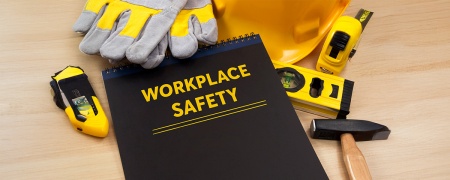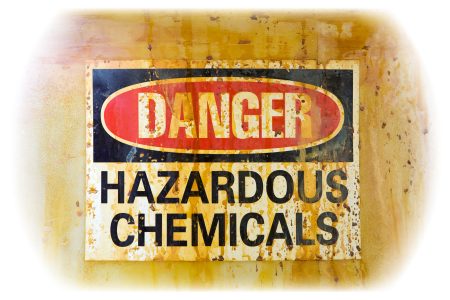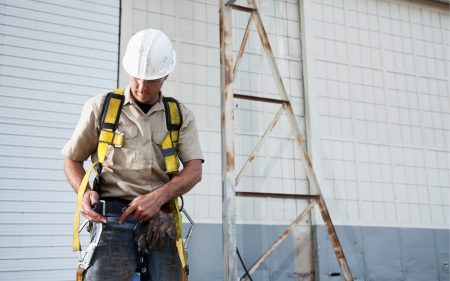Trending
- Scott Thayer Named General Manager of Welding & Cutting at ARCgas
- A-Ox Welding Supply Welcomes Colton Graves as Director of Bulk Sales
- AWG Recognized as One of Business North Carolina’s Top Private Companies
- Norco Medical Acquires Petersen Medical
- CM2 Supply Launches from Merger of Central McGowan and Minneapolis Oxygen
- December 15, 2025 – Safety & Compliance
- ILMO Products’ Peoria Location is Moving to Pekin, IL
- Jim Helget Recognized for Philanthropy












